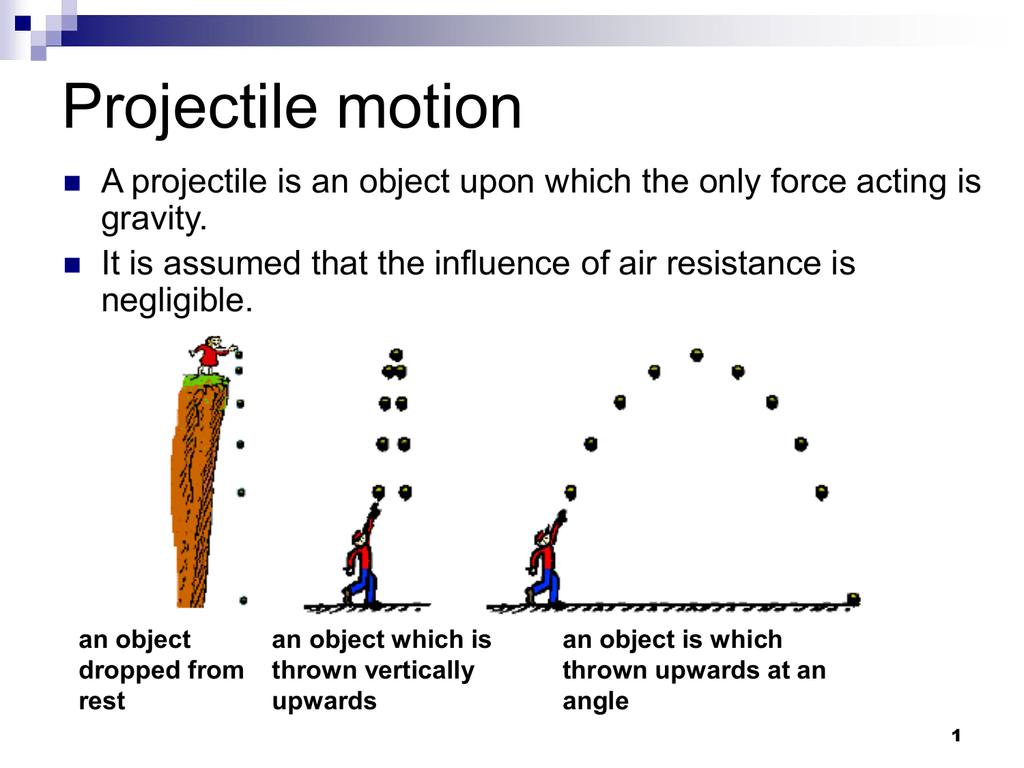How Gravitational Pull Affects the Path of Projectiles

How Gravity Bends the Arc: Unveiling the Dance Between Projectiles and the Earth’s Pull
The world is a stage for a constant, unseen ballet. A performance where every flung pebble, soaring eagle, and launched rocket bows to the same unseen maestro: gravity. This fundamental force, while often taken for granted, dictates the very path of every projectile, sculpting its trajectory in an elegant, predictable dance. Let’s delve into the fascinating interplay between gravitational pull and the flight of objects.
Understanding the Fundamentals: A Simple Analogy
Imagine throwing a ball across a flat field. You impart an initial velocity—a forward push—and the ball sails through the air. Were it not for gravity, it would continue in a straight line forever, obeying Newton’s First Law of Motion (Inertia). But gravity, the ever-present choreographer, intervenes. It tugs relentlessly on the ball, pulling it downwards towards the Earth’s center. This downward pull transforms the ball’s straight-line journey into a graceful parabolic arc.
The more powerful the initial push (higher velocity), the further the ball will travel before gravity brings it back down. This is because a higher velocity gives the ball more time to travel horizontally before the vertical pull of gravity becomes significant enough to bring it back to the ground.
The Mathematics of Motion: Deconstructing the Trajectory
The path of a projectile is elegantly described using the principles of classical mechanics. We can break down the projectile’s motion into two independent components:
- Horizontal Motion: This remains constant (ignoring air resistance) as there’s no force acting horizontally. The projectile continues moving horizontally at a constant speed.
- Vertical Motion: This is governed by gravity’s relentless pull, causing a constant downward acceleration (approximately 9.8 m/s² on Earth).
This interplay of constant horizontal motion and constantly accelerating vertical motion creates the parabolic curve we observe. The exact shape and distance of this curve depend on factors like the initial velocity, launch angle, and air resistance.
Beyond the Ideal: The Influence of Air Resistance
Our simplified model neglects a significant real-world factor: air resistance. Air resistance, a force opposing the projectile’s motion, acts as a counterpoint to gravity’s influence. It slows the projectile down, both horizontally and vertically, affecting the range and shape of the trajectory. The faster and larger the projectile, the more pronounced the effect of air resistance.
This effect is particularly dramatic for objects with a high surface area-to-mass ratio, such as feathers, where air resistance significantly alters the parabolic arc. For smaller, denser projectiles like bullets, air resistance is still influential but less dramatic.
Real-World Applications: From Sports to Space Exploration
The understanding of projectile motion has far-reaching applications:
- Sports: From the trajectory of a basketball shot to the flight of a baseball, understanding gravitational effects is crucial for athletic success. Athletes intuitively account for gravity, mastering launch angles and velocities to achieve desired outcomes.
- Military Applications: The accurate prediction of projectile paths is essential for artillery and missile systems, requiring complex calculations accounting for gravity, air resistance, wind, and the Earth’s rotation.
- Space Exploration: Launching rockets and satellites into orbit requires precise calculations of gravitational forces to ensure the projectile reaches its intended destination. The gravitational pull of the Earth, moon, and sun all play significant roles in determining orbital trajectories.
Table: Comparing Projectile Motion in Different Scenarios
| Scenario | Initial Velocity | Launch Angle | Air Resistance | Trajectory Shape | Range |
|---|---|---|---|---|---|
| Ideal (no air) | High | 45 degrees | Negligible | Perfect Parabola | Maximum |
| Low velocity, air | Low | 30 degrees | Significant | Blunt Parabola | Short |
| High velocity, air | High | 45 degrees | Significant | Slightly skewed parabola | Moderately reduced |
| Feather (high AR) | Low | Any | Dominant | Almost Straight Down | Very Short |
Conclusion: A Continuous Dance
The path of a projectile isn’t just a simple journey; it’s a testament to the fundamental laws of physics. Gravity’s unwavering pull, in concert with initial velocity and air resistance, creates a fascinating and predictable ballet visible in countless natural and man-made phenomena. By understanding this interplay, we unlock the secrets of motion and gain insights into the intricate workings of our universe.

